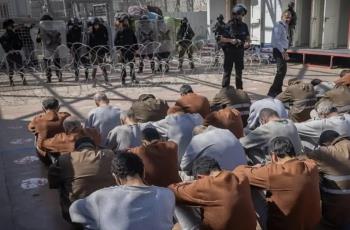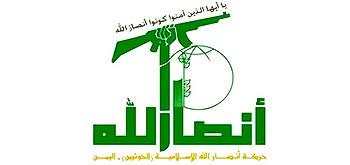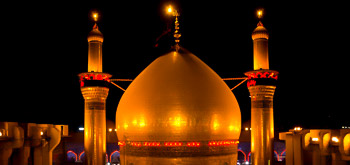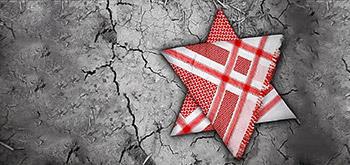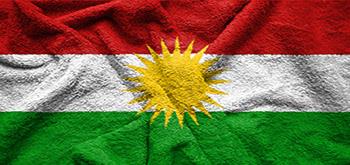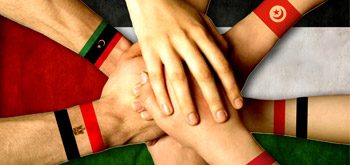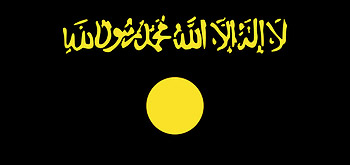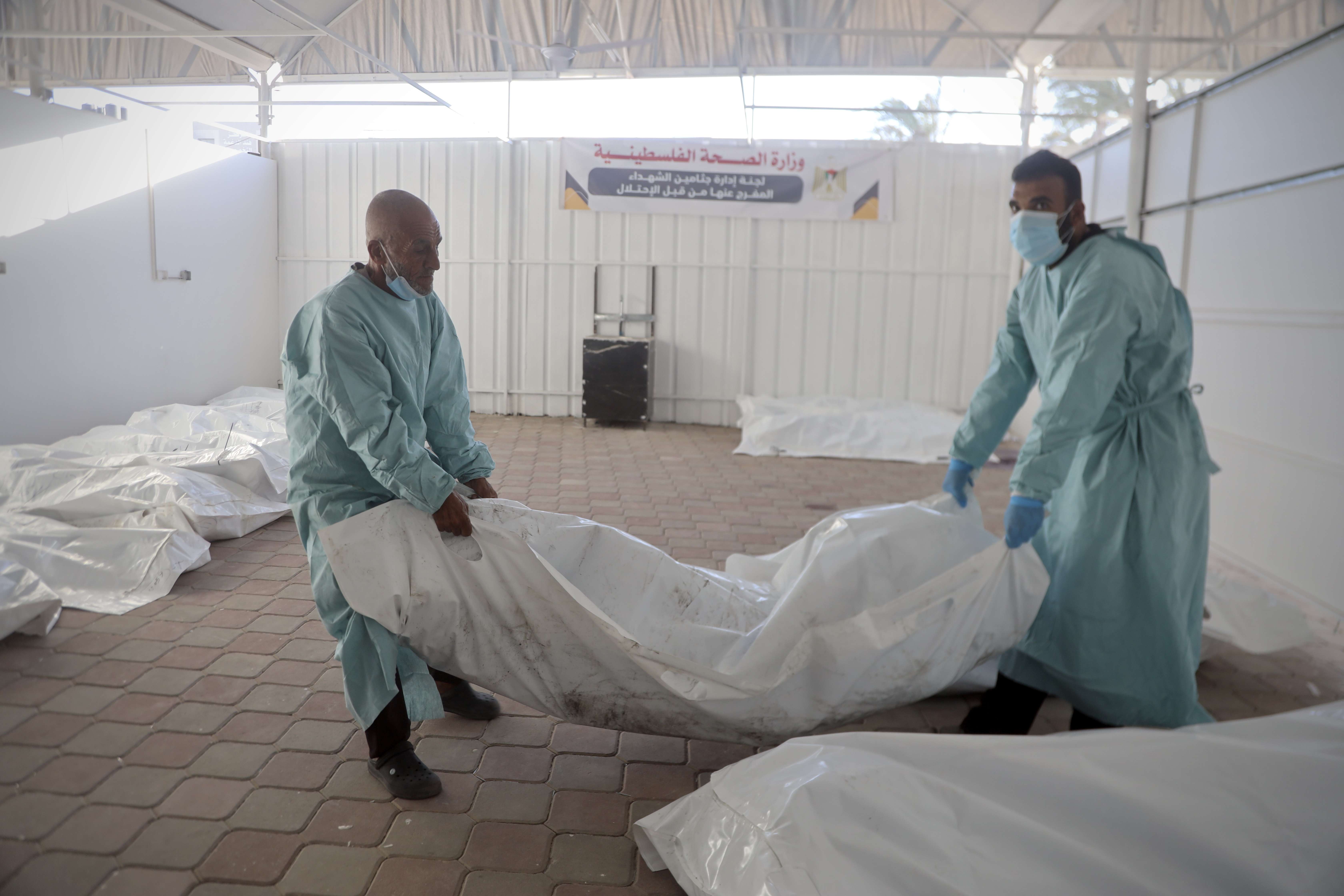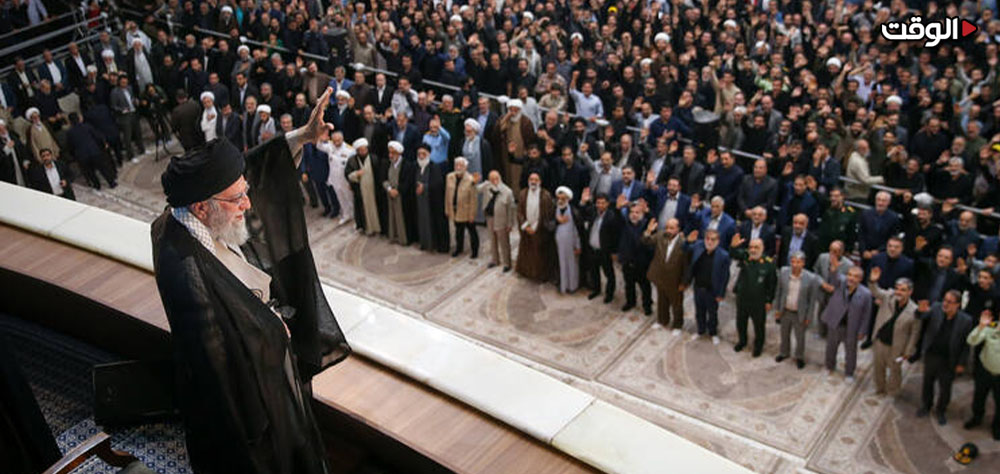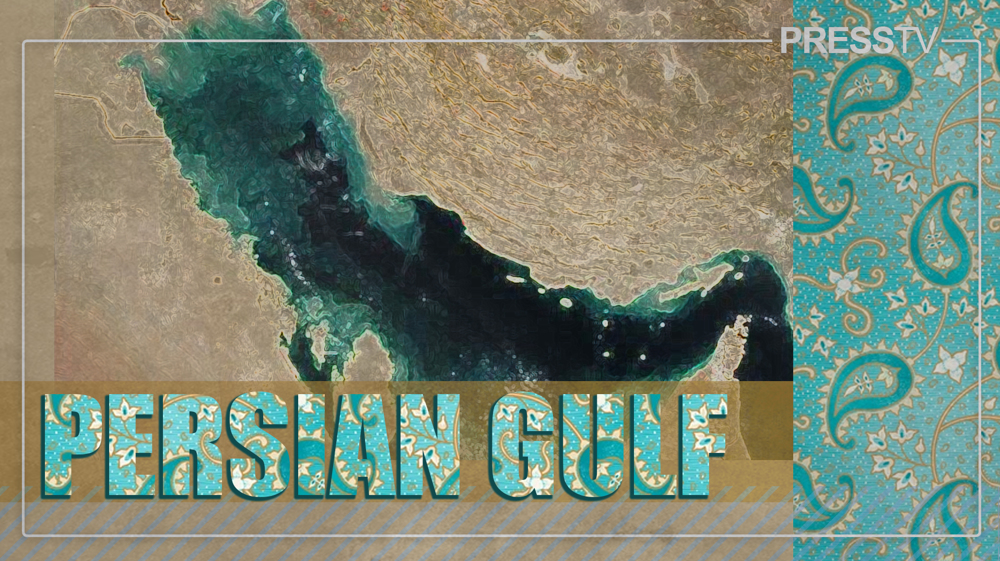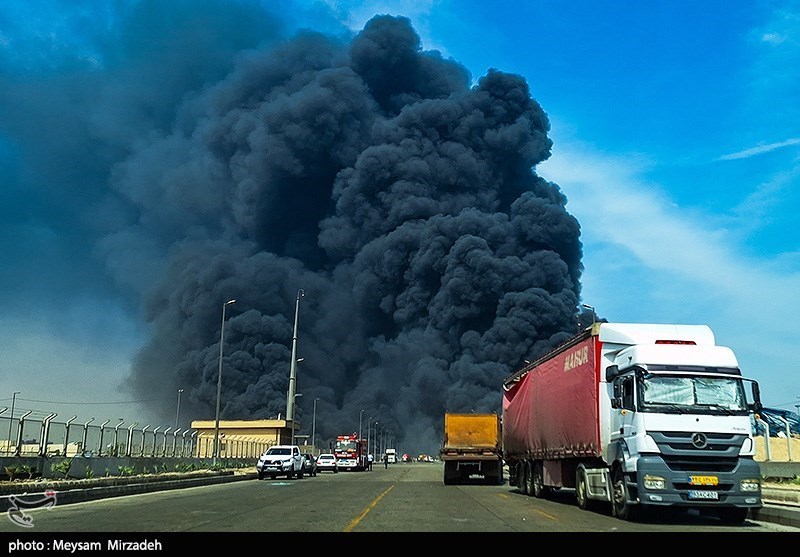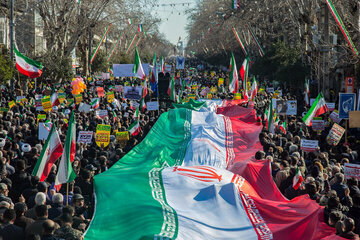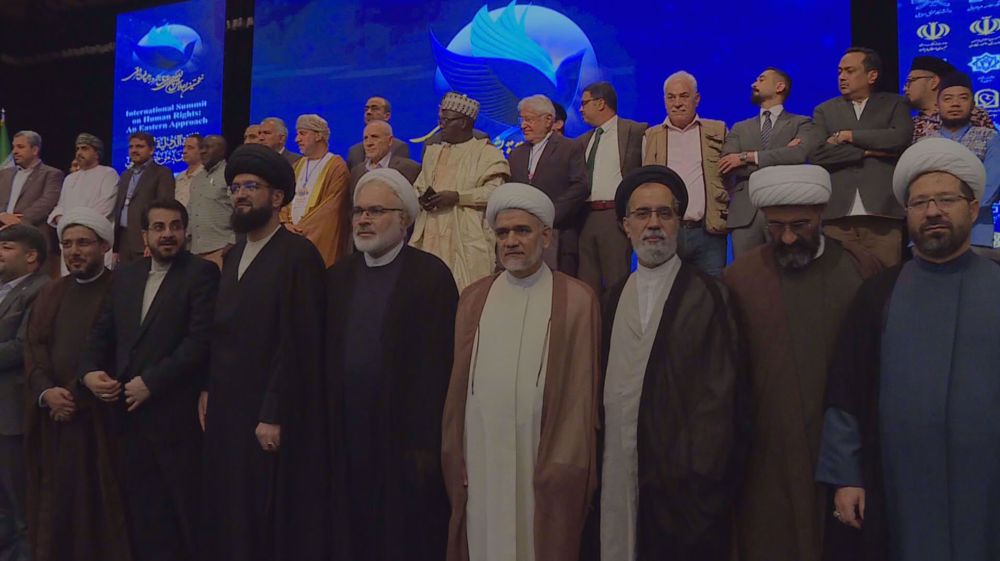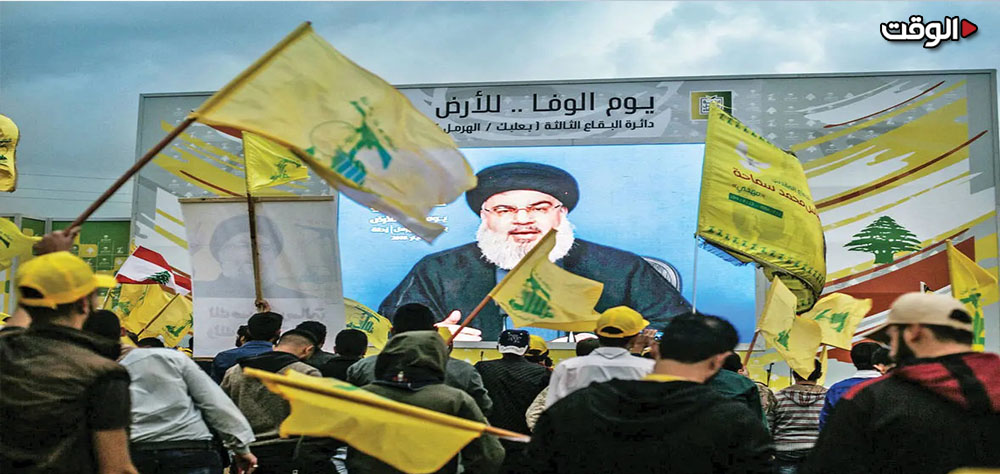Alwaght- The prisoner swap between the Israeli regime and Hamas resistance movement under the ceasefire deal that saw release of around 1,700 Palestinian prisoners undisclosed a human disaster that has taken place at the Israeli prisons. This report, citing field evidence, stories of the survivors, and forensic documents, gives a horrific picture of systematic torture, trans-judicial executions, and organized violation of the international laws.
First chapter: Accounts of survivors- a hell called detention
1. Torture as a "farewell gift"
Freed prisoner Nasim al-Radhi described to The Guardian how, just before his release, Israeli guards at the Nefha prison in the Negev desert threw him to the ground and savagely beat him in what they called a "parting gift." He characterized the assault as a "military-style fist salute."
His first glimpse of Gaza after nearly two years in captivity was a blur. A soldier's boot had struck his eye, impairing his vision for two days—adding to the long list of medical conditions he developed during his detention.
Al-Radhi, a 33-year-old civil servant arrested in December 2023, endured over 22 months in captivity, including 100 days in an underground cell. Like many others, he was never charged with a specific crime. He described the prison conditions as brutal. "This beating was not an exception," he stated. "It was part of a systematic pattern of abuse."
According to him, guards used tear gas and rubber bullets to intimidate inmates. Cells were severely overcrowded and unsanitary, leading to untreated fungal and skin diseases. The tragedy was compounded upon his release, when he discovered that his wife and all but one of his children had been killed in Israeli bombardment during his imprisonment.
2. Torture with sound, starvation, and disease
Mohammad al-Asaliya, a 22-year-old university student who was also freed, reported contracting scabies in prison. "There was no medical care," he stated. He described filthy mattresses, squalid conditions, and contaminated food, and detailed a torture method prisoners called "the disco," where guards blasted loud music continuously. He said Israeli guards subjected detainees to another form of abuse: hanging them by their hands from a wall, dousing them with cold water, and sometimes sprinkling chili powder on their bodies. Both former detainees experienced severe weight loss. Al-Radhi's weight plummeted from 93 to 60 kilograms, while al-Asaliya said his weight dropped from 75 to a critical 42 kilograms at one point.
3. "Let him die": Indifferent to the lives of people
Akram al-Basyouni, 45, relates a chilling story of Sde Teiman detention camp and prisoners. He said: "When they desperately begged for help for severely injured prisoners, the guards would respond with indifference, saying, "let him die." They would then zip the body into a bag and take it away." According to him, the prisoners were beaten with batons and fists, attacked by dogs, and burned with boiling water.
4." I came back from hell"
Freed journalist Imad al-Ifranji described his ordeal in Israeli detention centers this way: “I was in Guantanamo. I returned from hell and from death.”
Upon arrival at a holding site for detainees, al-Ifranji told Al Jazeera that Israeli soldiers pointed and ordered him, “old man, go over there.” They then forced him to strip, leaving him only in his underwear.
Despite identifying himself as a journalist, he was immediately subjected to beatings, abuse, and insults. “They bound our hands behind our backs with tight, painful plastic cuffs,” he recounted. “I could hear the screams of other detainees being tortured. Soldiers kept asking, ‘where were you on October 7? Do you belong to Hamas? Are you elite Qassam Brigades?’ I was just waiting for my turn.”
After a first round of torture, the guards forced the detainees into numbered white uniforms. Seeing the outfits, al-Ifranji and others, fearing they were being dressed for execution, began reciting their final prayers.
The situation escalated at the Sde Teiman detention facility, where a group of male and female soldiers awaited them. Detainees were forced to strip naked for a humiliating body search before their plastic cuffs were replaced with metal ones.
But the true horror, al-Ifranji stated, began at Ofer detention center. “They ordered us to lie on our stomachs. Then they launched stun grenades at us, unleashed police dogs to attack us, and dozens of soldiers beat us savagely. This was only the beginning, a prelude to interrogation and torture by unprecedented methods.”
He detailed the inhuman abuse that followed: “In that camp, we endured painful and inhuman experiences. Some detainees were sexually assaulted with electric batons. Others were hung by their genitals and attacked by police dogs. Some had their bones broken from the intensity of the torture.”
Al-Ifranji also pointed to a systematic policy of starvation, whose effects are still visible on his body. He was arrested weighing 110 kilograms and was freed a mere 66 kilograms.
Second chapter: Returned bodies- Crimes that speak loud
According to the deal between Hamas and Tel Aviv, Israeli regime agreed to release 15 Palestinian bodies for each body of Israeli prisoners handed over by Hamas. So, 120 Palestinian bodies were handed over in three batches. The medical personnel, however, faced indescribable scenes of abuse of the bodies.
As Red Cross vehicles arrived at Nasser Hospital, doctors rushed to examine the bodies handed over by the Israeli army. Dr. Ahmed Zaher, the head of the forensic department, said he was severely shocked upon seeing the first corpse.
A preliminary examination revealed the victim's eyes were tightly bound, a rope was tied around his neck, and his hands were bound. A surgical knife incision was also observed in the chest area, along with another puncture wound in the abdomen. "They hanged him," Dr. Zaher stated. "I saw signs of savage torture."
An autopsy later determined the body had been stuffed with cotton, and its corneas, kidneys, and liver had been removed. "These are horrific crimes," Dr. Zaher said. "I have never seen such things in my life, and I don't think I will ever witness such terrible violations again."
Dr. Munir al-Barsh, the director-general of the Gaza Ministry of Health, posted on X: "Official examinations point to field executions and systematic torture. We have documented savage crimes committed by Israeli soldiers during their advance in Gaza."
"The condition of the bodies indicates the victims were detained before their execution. We saw signs of torture and abuse. These are crimes that amount to war crimes. They have stolen organs like corneas, kidneys, and livers," he added.
Al-Barsh emphasized that these crimes were not covert, as the bodies had been held in Israeli refrigerators for months, left unburied. He called on the United Nations and the Human Rights Council to launch an immediate investigation, stating, "there is sufficient evidence to show that Tel Aviv has committed unprecedented crimes in modern history against humanity."
Lost identity
In Gaza, only four forensic teams are responsible for handling all the bodies of war victims and the returned corpses, a nearly impossible task given the scale of the casualties.
Compounding the crisis, the returned bodies were marked with numbers instead of names, and Gaza lacks the modern identification equipment necessary for the task. Of 120 returned bodies, only four have been identified, and only with the help of families.
Samer Hamad, a member of the body identification committee, stated: "Dozens of bodies remain unidentified. Israel returned them without their identities, while Gaza's hospitals are devastated by war and lack the tools for DNA testing... The Israeli authorities know the identities of these bodies but wish to compound the suffering of the families."
The National Campaign for the Recovery of Martyrs' Bodies estimates that the number of bodies buried in numbered, mass-grave sites has reached 735, with 99 of them being Gazans. In contrast, the Israeli newspaper Haaretz has claimed that Israel is holding the bodies of approximately 1,500 Hamas fighters.
Third chapter: Legal prosecution and international demands
The Euro-Med Human Rights Monitor, a Geneva-based organization with offices across West Asia, has expressed shock at the catastrophic conditions of the bodies of Palestinian prisoners. Obvious evidence shows that many of these people were subjected to torture and savage ill-treatment, leading to their major suffering. Also it was determined that a number of them were executed upon their detention, a violation of the Genocide Convention of 1948.
In a significant admission, the Public Committee Against Torture in Israel (PCATI) has confirmed that "the scale and severity of torture and ill-treatment of Palestinian detainees has risen dramatically since October 2023."
Talia Steiner, the executive director of the committee, stated that "overall, since October 7, the scale and methods of torture and ill-treatment in Israeli prisons and camps have increased dramatically." She added "we see this as part of a policy driven by figures within the Israeli government, such as Itamar Ben-Gvir and others."
Based on this and other evidence, Euro-Med Human Rights Monitor has emphasized the urgent need for an independent investigation to clarify the details of these crimes, identify those responsible, and secure justice for the victims.
The international watchdog has called on the Independent International Commission of Inquiry and the International Criminal Court to treat these crimes as a high priority within their ongoing investigations into war crimes, crimes against humanity, and allegations of genocide.
A test for human conscience
This report offers only a glimpse into the grim reality within Israeli detention centers. Each returned body, every survivor's testimony, and all medical documentation bear witness to a human tragedy unfolding in the relative silence of the international community.
Now the questions are: Will the world community make a move to bring the criminals to justice? Or will we witness repeat of these disasters in the shadow of silence and immunity to punishment Israelis enjoy?
The answer to these questions not only is an answer to the victims but also a test of the human conscience and credibility of the international justice system.


